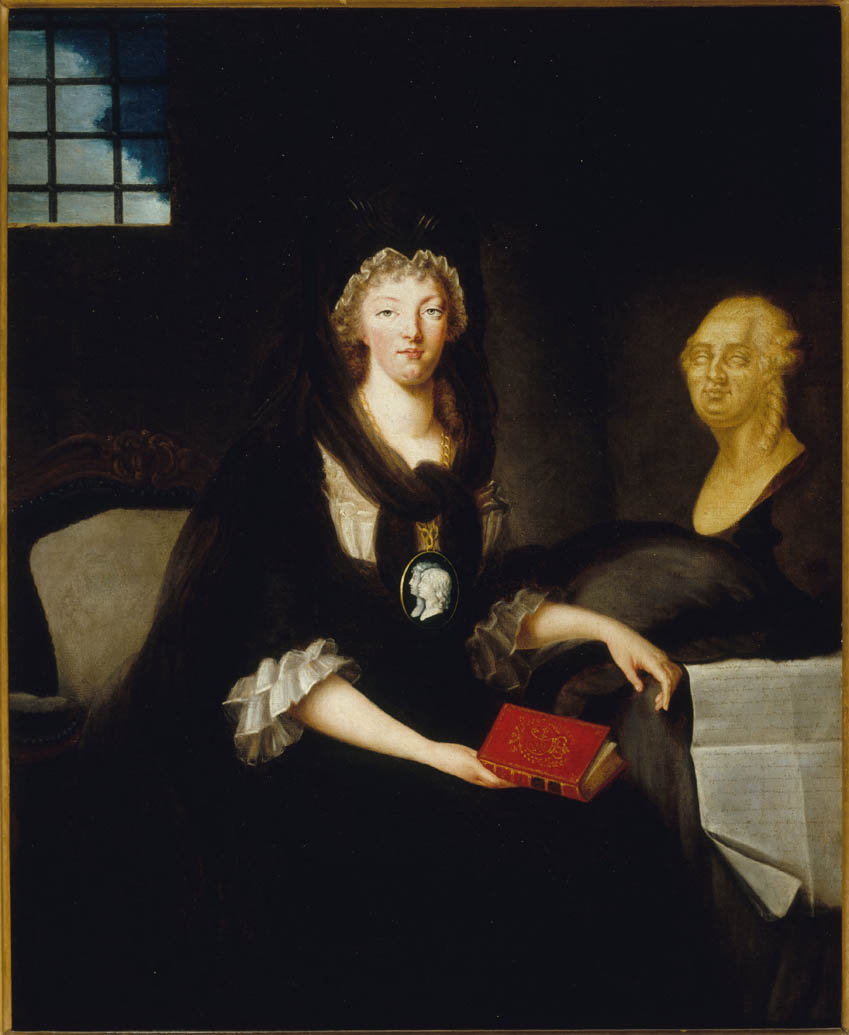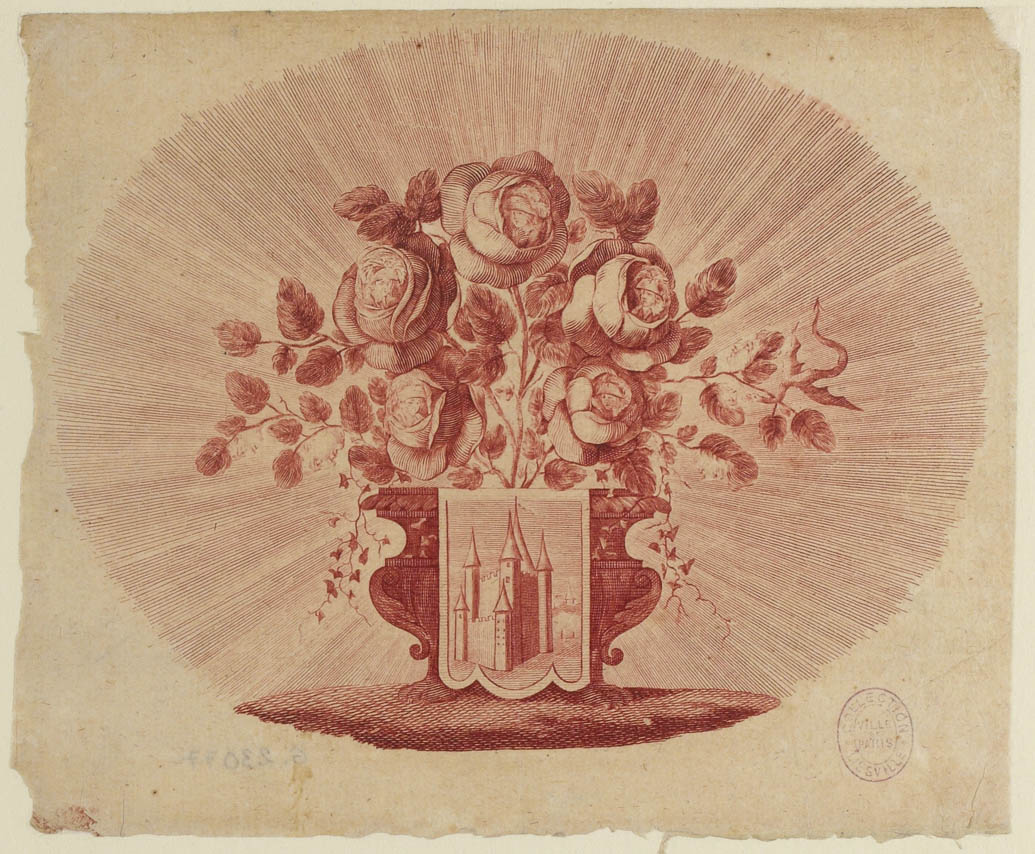Temple or the Last Prison
Like most of the other buildings or spaces belonging to the Church, the Temple’s land was nationalized during the Revolution. The property of Artois, the king’s brother, the lavish Grand Prieur Hotel became national property: the Count of Artois was exiled as of the summer of 1789 in opposition to the Revolution! All the other private mansions on the property experienced the same fate. Starting in August 1792, the royal family was imprisoned in the Temple Keep. The Temple Prison, as it started to be called, then became a commemorative site for the monarchy.
Location
Itinerary2 rue Eugène Spuller
Suggestion
Temple and its Neighborhood
Public Places during the Revolution
To find out more…
A prison like the rest?
The royal family was transferred to the Temple fortress on August 13, 1792. Three days earlier, the monarchy had been overthrown. However, the Temple fortress was not meant to receive such prisoners! Palloy, the building contractor behind the Bastille’s demolition, was put in charge of building a large outer wall. At first, Louis XVI and his family were imprisoned in one of the smaller towers: the apartments of Barthélémy, the archival secretary for the Knights Templar, were usable. The Bourbons were then transferred to the main keep. In September 1792, Louis XVI was separated from the rest of his family: since his trial was starting, he needed to be isolated. Obviously, these prisoners were much more fortunate than ordinary detainees in other prisons in Paris! However, their fall was still dizzyingly fast: now called “Louis Capet” by revolutionaries who used his last name instead of calling him “Louis XVI,” he was no longer the sacred sovereign that he had been three years earlier.
The death of the future Louis XVII
It was in the Temple fortress on June 8, 1795, when Louis-Charles of France, the youngest son of Louis XVI and Marie-Antoinette, died of an illness. He was ten years old. He would have reigned under the name Louis XVII, but the Revolution decided otherwise. Taken to the Temple fortress with his family in August 1792, he was entrusted to his father, then his mother, who were separated on different floors. In the summer of 1793, Marie-Antoinette was transferred to the Conciergerie prison in anticipation of her trial. For several months, the child was entrusted to the cobbler Antoine Simon, who was in charge of turning him into a model sans-culotte. Having fallen ill, the child was then left alone. He died on June 8, 1795. The most radical of the revolutionaries were merciless: the child was considered a political prisoner. Republican France then hastened to forget the one person whose survival made them fear the monarchy’s return. Taking advantage of the secrecy surrounding the death of the heir apparent, and in order to revive hope, the monarchists then started the rumor that the child survived
A forgotten commemorative site
Starting in 1808, Napoléon Bonaparte had the keep demolished: that way, it could not become a pilgrimage site for those who were nostalgic for the Bourbons. Today, nothing left of it remains. However, objects, images and stories related to the royal family’s imprisonment or the agony of the young heir apparent turned the former location of the Temple into a virtual commemorative site of the Counter-Revolution.


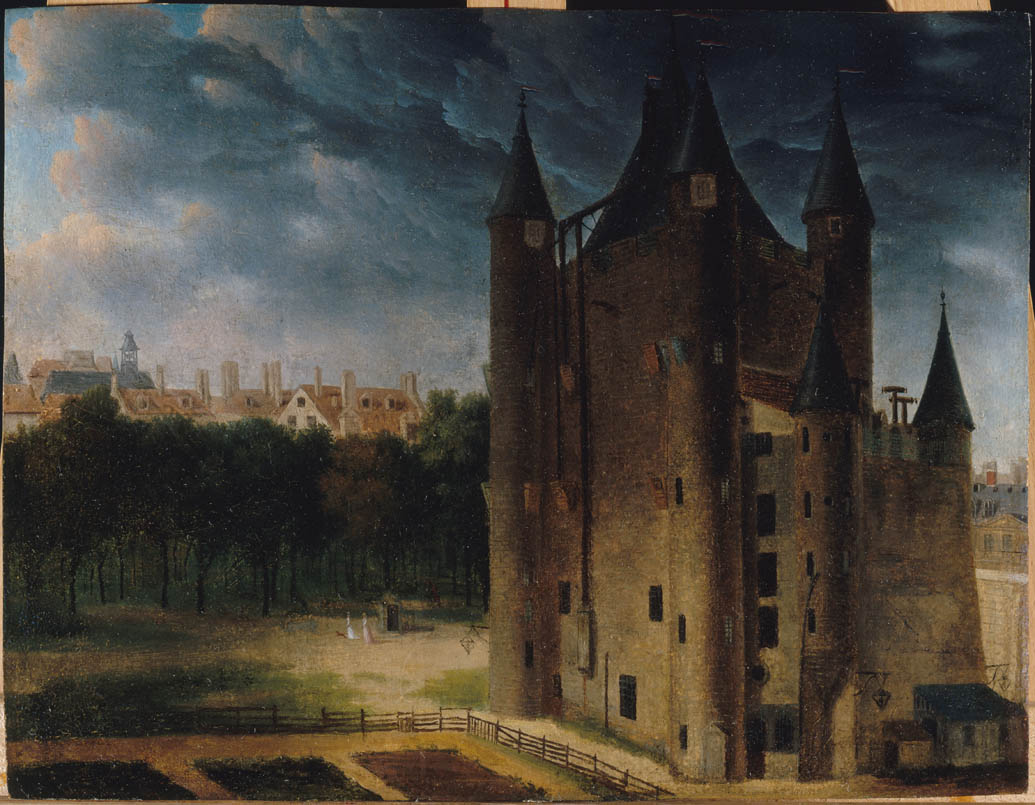

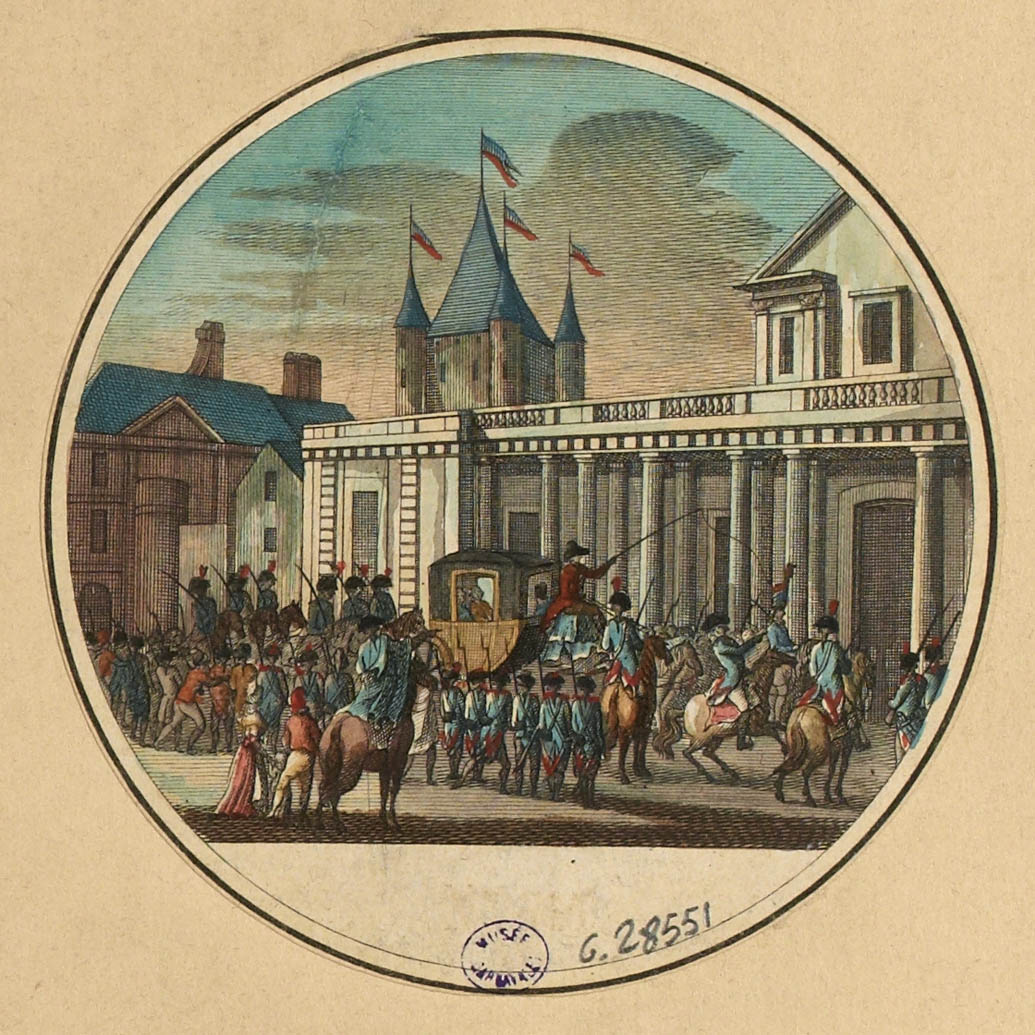
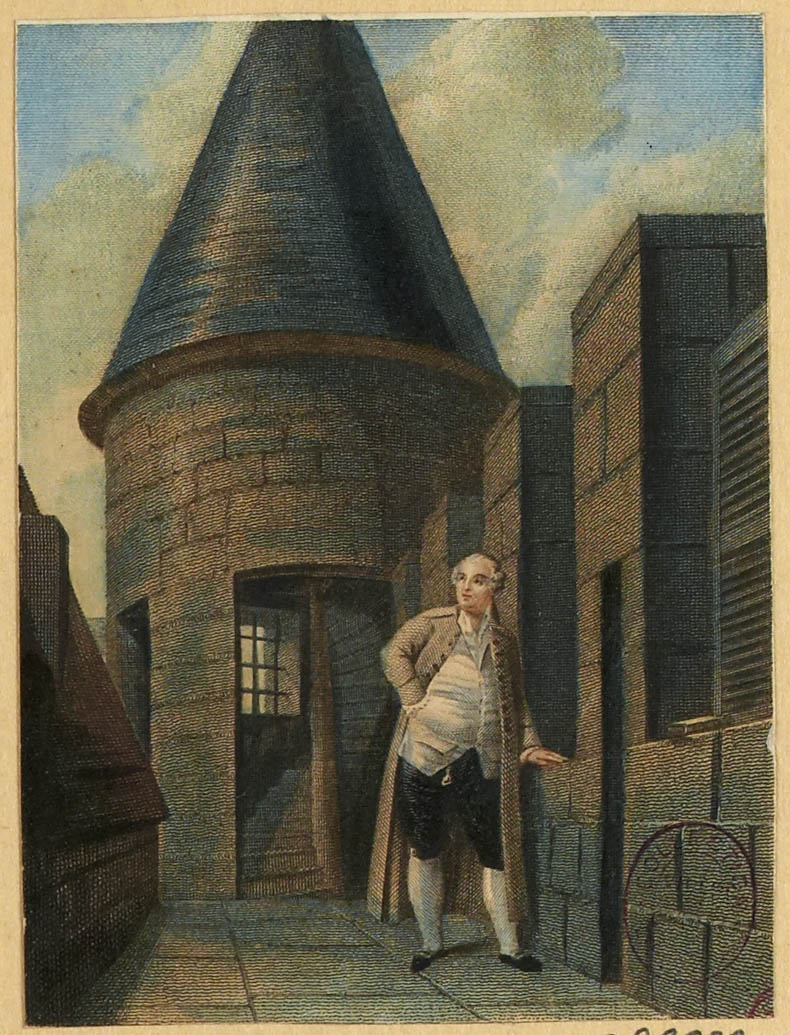
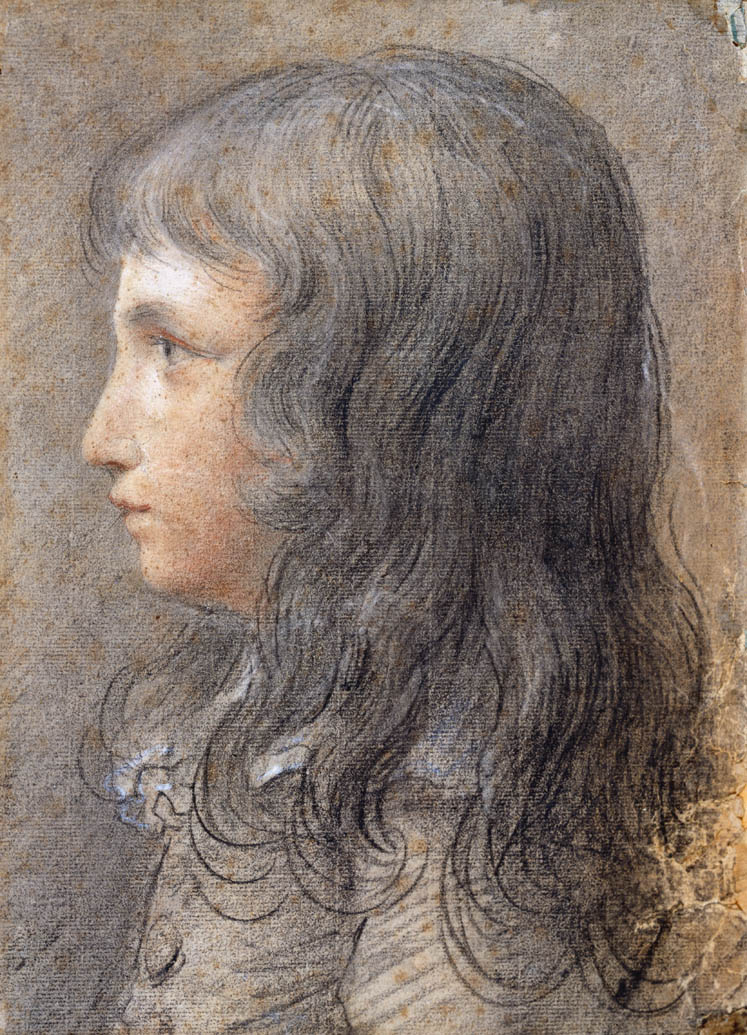
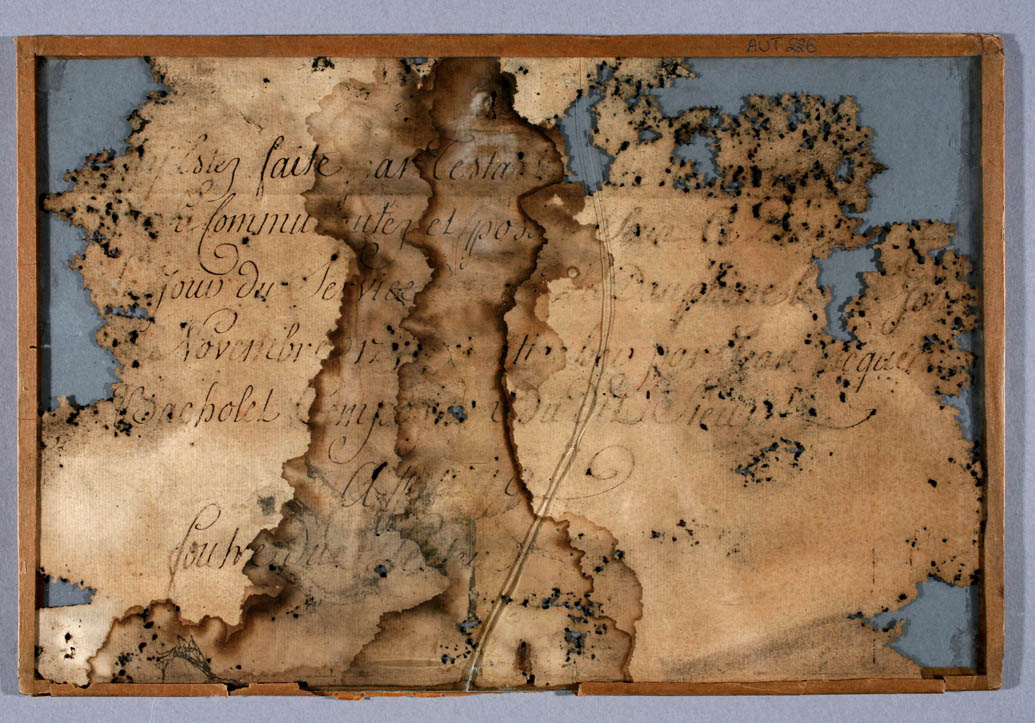
![Louis Charles, Dauphin of France, Born in Versailles on March 25, 1785, Died in the Temple Prison on January 8, 1795 [actually June 8, 1795]](https://priv-parisrevolution-prod.apnl.ws/medias/temple-medailledauphin.jpg)
